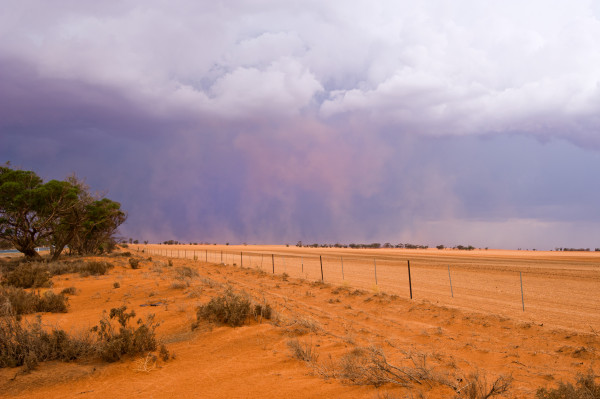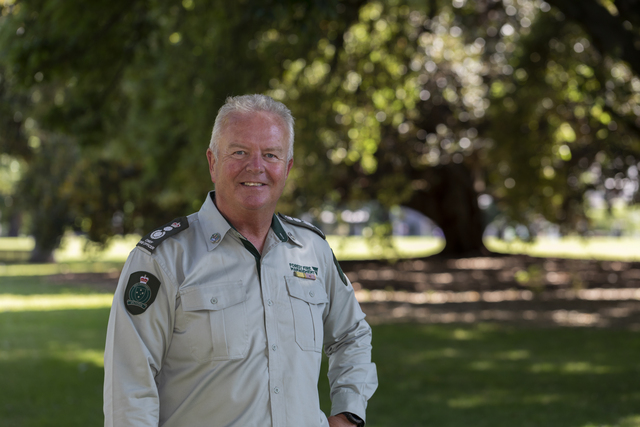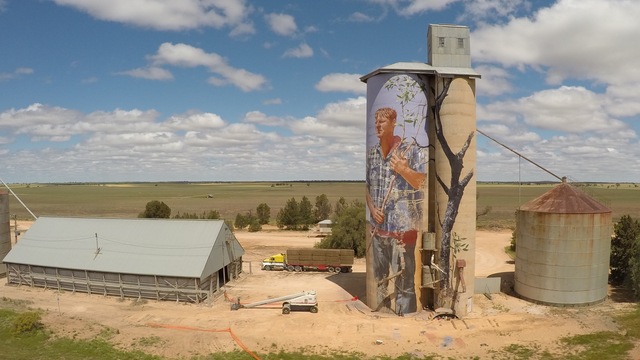THE dark skies have been a bright spot in an otherwise bleak year.
We will remember 2020 for a lot of things, not many of them good, but the signs of the drought breaking are a positive that we should not lose sight of.
The paddocks that had turned to red dust in the Millewa are now largely covered with green crops and those long-suffering farmers are finally smiling, albeit under their face masks.
We all should be.
The prosperity of the local agriculture industry goes hand-in-hand with the prosperity of Mildura.
And with the draconian coronavirus restrictions crippling so many small businesses, the rains couldn’t have come at a better time from an economic point of view.
More than 150mm of rain has already been recorded at Mildura weather station this year, in comparison to just 116mm for all of 2019. Some parts of the Millewa recorded less than 90mm in 2019, but have welcomed some big soakings this year.
As third generation farmer Ian Arney, of Werrimull, told Sunraysia Daily recently: “If this isn’t a sign of a drought breaking, then I don’t know what is.”
In another positive, the Bureau of Meteorology this week issued an alert saying there’s a 70 per cent chance of La Nina developing in Australia this year, bringing cooler temperatures, more rain and an increased chance of widespread flooding.
The increased rainfall and cloud associated with La Nina usually means above-average winter and spring rainfall for Australia, particularly across the east and north.
The six wettest winter-spring periods on record for eastern Australia occurred during La Nina years.
In the Murray-Darling Basin, winter-spring rainfall averaged over all 18 La Nina events since 1900 was 22 per cent higher than the long-term average, with the severe floods of 1956, 1988, 1998 and 2011 all associated with La Nina.
Unlike El Nino years, the impacts of La Nina often continued into the warm months, the BOM said.
While people in north-west Victoria and south-west NSW are acclimatised to hot and dry summers, the past few years have been a bit too dry to handle.
Last year, in particular, we were hit with a seemingly endless cycle of dust storms, with winds of under 30km/h often whipping up the Millewa topsoil and dumping it on our heads.
But, with so much of that soil now covered with healthy crops, there are promising signs that the frequency and ferocity of dust storms will be less this year when the spring winds hit.
On Wednesday, when wind gusts of over 55km/h hit on a wild day in Mildura, the region was not enveloped in an eerie red cloud as was so often the case in 2019. The raised dust was minimal in comparison.
This may mean we won’t have to clean our windows and pools three times a week in the coming months, or constantly sweep out our verandahs, or take our cars for a wash every weekend.
And in a year when our sanity has been tested in so many other ways, that will be one small blessing.








